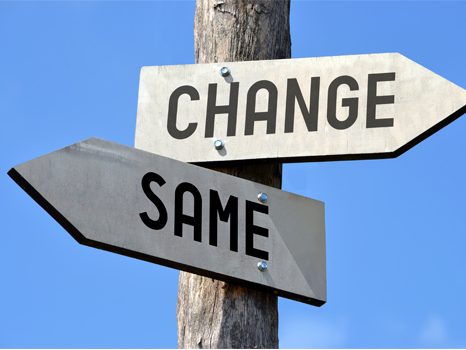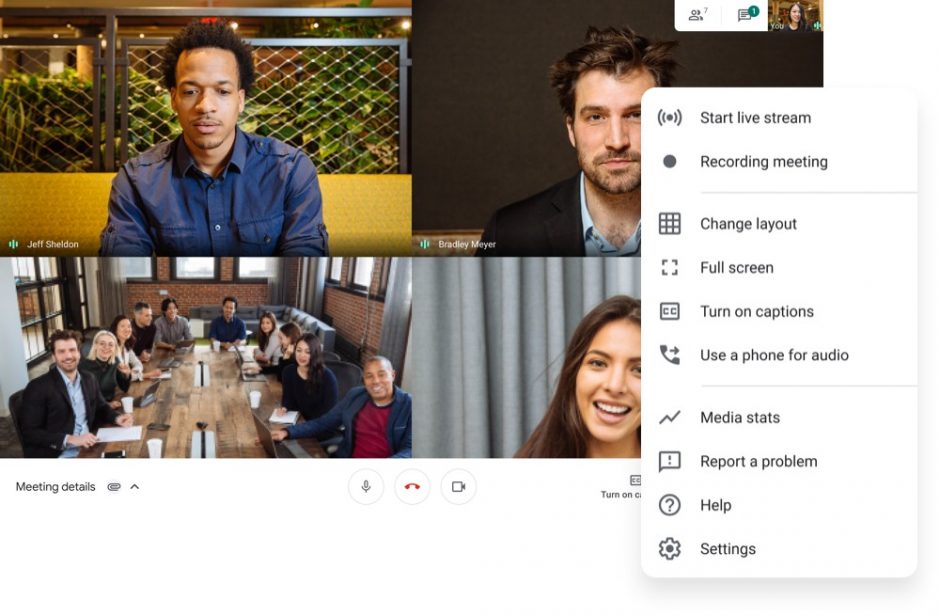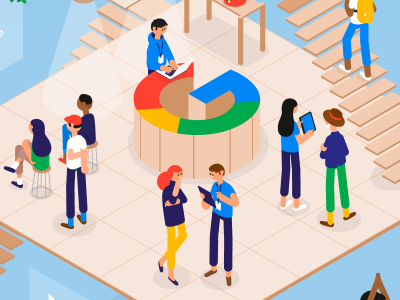I am no futurist, however I get the sense that there is more opportunity or at least receptiveness to innovate given the extent to which our collective thinking around the potential of technology for working, schooling and learning has evolved. I maintain that the opportunity for schools and learning, proportionally, is relatively modest. If strategically targeted – it could be life-changing in a select range of circumstances and situations.
Pre-Covid two models of learning prevailed, face-to-face and distance (or online learning) even though the remote working (video-conferencing technology) was very much available. And as for “remote learning,” the term was only conceived or exploited, when face-to-face was not available.
Why was remote not exploited sooner? An “unknown need” does not push nor pull innovation. Just look at the innovation (and investment) from our tech giant providers to in Teams and Meet in recent weeks – pushed by giant power, pulled by eager businesses keen to keep operational.
What lies ahead? A relatively small innovation. We will make better use of remote technologies. Schools may extend their reach, provide greater access to content (which has never been in short supply) however it will be relatively modest in education through to the end of Secondary schooling. Here is my forecast.
Primary
| Face-to-face | Distance | Blended | Remote | Other eg VR/AR/Virtual | |
| Pre | 94 | >1 | 5 | 0 | 0 |
| Lockdown | 0 | 70 | 0 | 30 | Inquiries |
| Post | 91 | 1 | 6 | 2 | > 1 |
Blended – face-to-face extended through digital platforms (proportional)
Secondary
| Face-to-face | Distance | Blended | Remote | Other eg VR/AR/Virtual | |
| Pre | 93 | 1 | 6 | 0 | 0 |
| Lockdown | 0 | 60 | 0 | 40 | Inquiries |
| Post | 88 | 1 | 10 | 2 | >1 |
Blended – face-to-face extended through digital platforms (proportional)
FE and HE
| Face-to-face | Distance | Blended | Remote | Other eg VR/AR/Virtual | |
| Pre | 90 | 2 | 8 | 0 | 1 |
| Lockdown | 0 | 20 | 0 | 80 | Inquiries |
| Post | 90 | 10 | 15 | 15 | >1 |
Blended – face-to-face extended through digital platforms (proportional)
Adult and work force
| Face-to-face | Distance | Blended | Remote | Other eg VR/AR/Virtual | |
| Pre | 70 | 15 | 15 | >1 | 0 |
| Lockdown | 0 | 30 | 0 | 70 | Inquiries |
| Post | 40 | 10 | 20 | 30 | >1 |
Blended – digital platforms (proportional)
Strategically targeted
Remote learning does open up teaching and learning opportunities, primarily for proportionally small groups, home schooling, alternative “Alternative Provision,” supporting absences (medical, working school age learners, eg athletes, entertainers, actors) geographical dislocated learners, incarcerated learners.
We may seem more made of “remote,” but we have had visits, speakers and global collaborations for some time. We did see a flurry of great remote ideas come to fruition, Professional Development, Shakespeare, performances and collaborations, but it is not new and barely innovative. In a previous role, we used remote parents evenings appointments back in 2018, for parents with a long distance commute. It’s not really innovation rather dispersion.
Then ‘Education’ as an employer, teacher development, mentoring, Instructional Coaching, professional learning, collaboration and communication. Adult learning (and training) has evolved and will regress. Face-to-face will become “physically co-located” and I foresee will become a “nice-to-have.”
Education will be different. Just not that different for most learners.
As for Plan B
BBC “daily lessons” and Oak National Academy? What of the seven-figure funding figure due to be signed off?
Why both?


